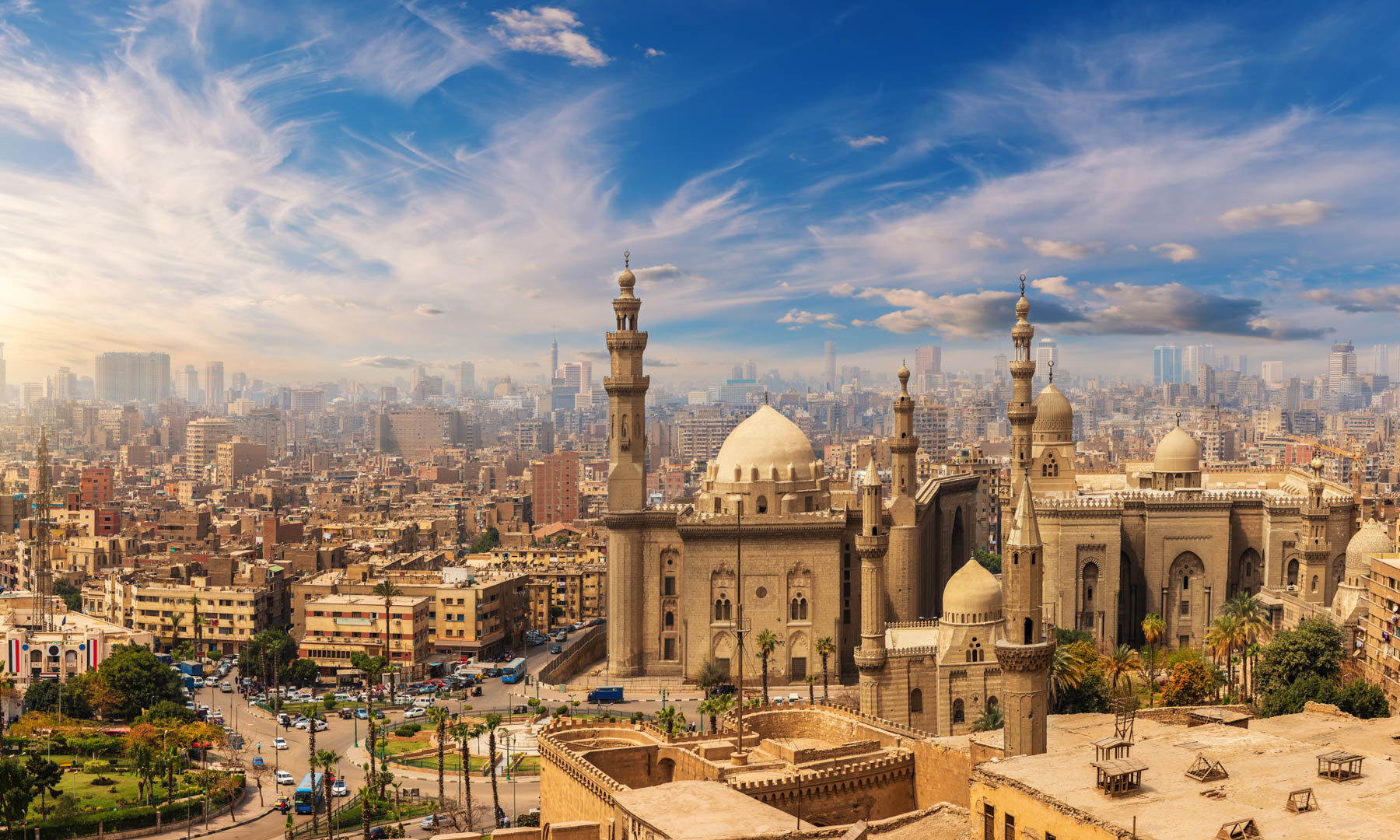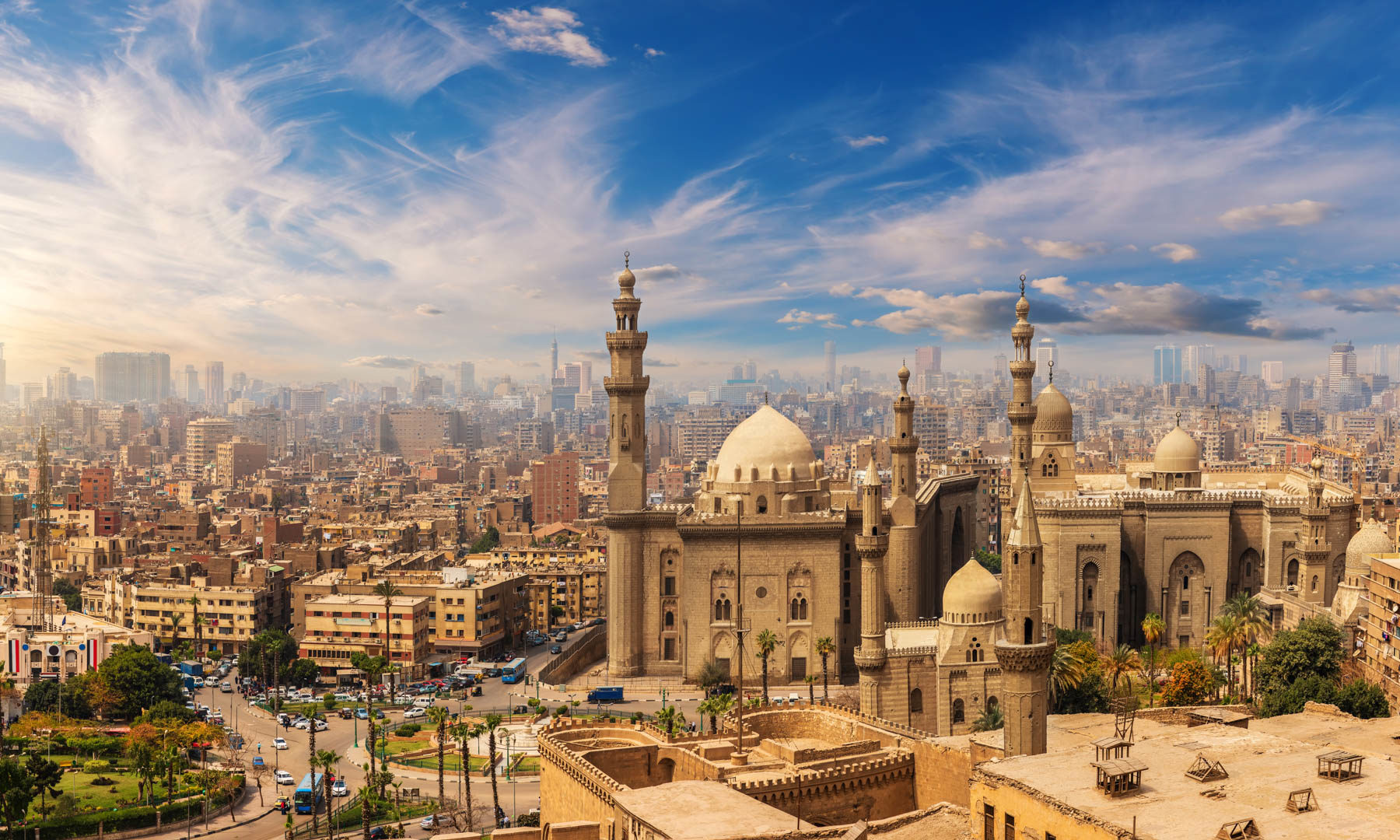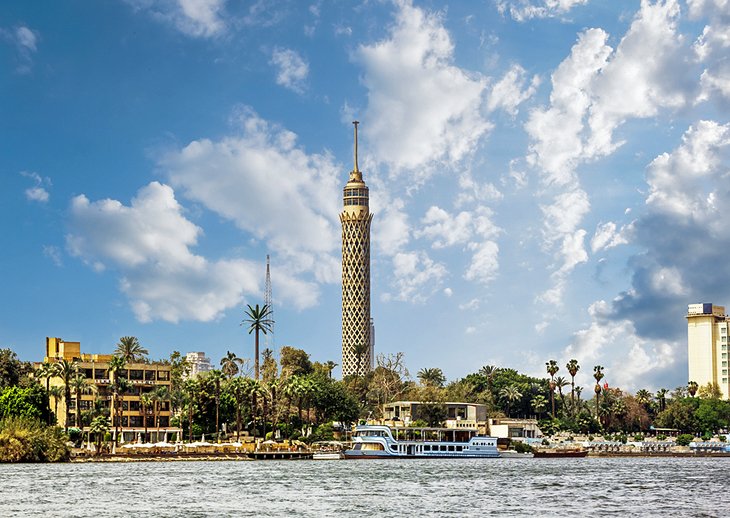
Cairo, a city that pulsates with the rhythm of millennia, is a captivating blend of the ancient and the modern. From the colossal pyramids that have defied time to the bustling souks alive with the scent of spices, Cairo offers an unparalleled journey into the heart of Egyptian civilization. It’s a city that awakens the senses, ignites the imagination, and leaves an indelible mark on the soul. This comprehensive guide will navigate you through the top attractions, delve into its rich history, equip you with essential travel tips, and help you plan your unforgettable adventure in the "City of a Thousand Minarets."
A Tapestry of Time: Cairo’s Rich History
Cairo’s history is a grand narrative woven with threads of pharaohs, conquerors, and revolutions. Its story began not in the city we know today, but as Memphis, the ancient capital of Egypt, founded around 3100 BC. Later, the Romans established a fortress at Babylon, a settlement that would eventually grow into the bustling metropolis of Fustat under Arab rule in the 7th century AD. This marked the true genesis of Cairo.

Related Articles about Cairo: Where Ancient Wonders Whisper to Modern Marvels:
- Kuala Lumpur: A Traveler’s Guide to the Dazzling Heart of Malaysia
- Beyond the Glitz: Exploring the Wonders of the United Arab Emirates
- Beyond the Beaten Path and the Iconic Landmarks: A Grand Tour of the United Kingdom
- Phuket: A Jewel of the Andaman Sea – Exploring Paradise Found
- Egypt: A Journey Through Timeless Wonders
The city truly blossomed under the Fatimid dynasty, who founded Al-Qahira (The Victorious) in 969 AD, a name that would eventually evolve into Cairo. This era saw the construction of magnificent mosques, palaces, and educational institutions, establishing Cairo as a vibrant center of Islamic culture and learning. Over centuries, it fell under the sway of the Ayyubids, Mamluks, and Ottomans, each leaving their architectural and cultural imprint. Napoleon’s brief occupation in the late 18th century also introduced European influences. The 19th century witnessed a period of modernization under Muhammad Ali Pasha, who transformed Cairo into a grand European-style capital, laying the groundwork for the sprawling city we see today.
Top Attractions: Stepping into the Realm of Legends
Cairo’s allure lies in its breathtaking historical sites, vibrant cultural hubs, and dynamic modern life. Here are the absolute must-see attractions:
1. The Pyramids of Giza and the Sphinx: No visit to Cairo is complete without standing in awe of these colossal monuments. The Great Pyramid of Giza, built for Pharaoh Khufu, is the oldest of the Seven Wonders of the Ancient World and the only one still largely intact. Alongside it stand the pyramids of Khafre and Menkaure, each a testament to the ingenuity and ambition of ancient Egyptians. Complementing these monumental structures is the enigmatic Great Sphinx, a mythical creature with the body of a lion and the head of a human, guarding the plateau with an eternal gaze. You can explore the pyramids from the outside, venture inside (for an additional fee), or opt for a camel ride for a classic Giza experience.
2. The Egyptian Museum (Tahrir Square): A treasure trove of ancient wonders, the Egyptian Museum houses an unparalleled collection of artifacts spanning over 5,000 years of Egyptian history. While a new Grand Egyptian Museum (GEM) is opening, the iconic Tahrir Square location remains a vital repository. Here, you’ll find the dazzling treasures of Tutankhamun, including his golden death mask, sarcophagi, and personal belongings. The museum also boasts an extensive collection of mummies, statues, jewelry, and papyri that offer profound insights into the daily lives, beliefs, and achievements of ancient Egyptians.
3. Khan el-Khalili Bazaar: Immerse yourself in the vibrant chaos of Khan el-Khalili, one of the oldest and most famous bazaars in the Middle East. This labyrinthine marketplace is a sensory explosion of colors, sounds, and scents. Haggle for exquisite handicrafts, intricate metalwork, fragrant spices, traditional textiles, and unique souvenirs. Enjoy a traditional mint tea at one of the historic cafes, such as El-Fishawy, a legendary spot frequented by writers and artists for over a century.
4. Islamic Cairo (Old Cairo): Step back in time as you wander through the narrow, winding streets of Islamic Cairo, a UNESCO World Heritage site. This historic district is home to a breathtaking array of mosques, madrasas, and mausoleums, showcasing the evolution of Islamic architecture. Highlights include the Mosque of Muhammad Ali (Alabaster Mosque) in the Citadel, offering panoramic city views; the stunning Sultan Hassan Mosque and Madrasa, a masterpiece of Mamluk architecture; and the Ibn Tulun Mosque, the oldest mosque in Cairo still in its original form, with its unique spiral minaret.
5. The Citadel of Saladin: Perched on a hill overlooking the city, the Citadel of Saladin is a formidable fortress that served as the seat of power for Egypt’s rulers for nearly 700 years. Built by Saladin in the 12th century, it was later expanded by the Mamluks and Ottomans. Within its walls, you’ll discover several impressive mosques, including the aforementioned Mosque of Muhammad Ali, as well as museums and palaces. The views of Cairo from the Citadel are simply spectacular, especially at sunset.
6. Coptic Cairo: Explore the ancient Christian heart of Cairo, a captivating area steeped in history and religious significance. This district is home to some of the oldest churches in Egypt, including the Hanging Church (Saint Virgin Mary’s Coptic Orthodox Church), built on the foundations of a Roman fortress; the Church of St. Sergius and Bacchus, believed to be built on the site where the Holy Family rested during their flight to Egypt; and the Synagogue of Ben Ezra, a historic Jewish place of worship. The Coptic Museum offers a comprehensive overview of the history and art of Coptic Christianity.

7. Al-Azhar Park: Escape the urban hustle and bustle in this beautifully landscaped park, a verdant oasis offering stunning views of historic Cairo. Designed to resemble traditional Islamic gardens, Al-Azhar Park is a perfect spot for a leisurely stroll, a picnic, or simply to relax and enjoy the panoramic vistas. It also features several excellent restaurants and cafes, providing a delightful dining experience amidst serene surroundings.
8. Memphis and Saqqara: Venture slightly outside the city to explore the ancient capital of Memphis, now an open-air museum housing colossal statues and artifacts. Nearby, Saqqara is an even more extensive necropolis, most famous for the Step Pyramid of Djoser, the oldest stone structure of its size in the world, predating the Giza pyramids. The tombs at Saqqara, with their intricate hieroglyphs and wall paintings, offer an unparalleled glimpse into the funerary rituals and beliefs of the Old Kingdom.
Travel Tips for a Seamless Cairo Experience
Navigating Cairo can be an adventure in itself. Here are some essential tips to ensure a smooth and enjoyable trip:
- Visa Requirements: Check the visa regulations for your nationality well in advance. Many nationalities can obtain a visa on arrival at Cairo International Airport, but it’s always best to confirm.
- Currency: The local currency is the Egyptian Pound (EGP). ATMs are widely available, and credit cards are accepted in most hotels, larger shops, and restaurants. It’s advisable to carry some cash for smaller purchases and taxis.
- Language: Arabic is the official language. While English is spoken in tourist areas, learning a few basic Arabic phrases like "Shukran" (thank you) and "Salam alaikum" (peace be upon you) will be greatly appreciated.
- Dress Code: Egypt is a conservative country. When visiting religious sites, it’s important to dress modestly. This means covering your shoulders and knees. For women, a headscarf is often required for entering mosques. In general, loose-fitting clothing is recommended for comfort in the heat.
- Tipping (Baksheesh): Tipping is customary in Egypt for services rendered. This includes hotel staff, restaurant servers, tour guides, and even people who help you with directions. Small amounts are generally appreciated.
- Bargaining: Haggling is an integral part of shopping in souks and with street vendors. Start by offering about half of the initial price and negotiate respectfully.
- Hydration and Sun Protection: Cairo can get very hot, especially during the summer months. Drink plenty of bottled water, wear sunscreen, a hat, and sunglasses.
- Food Safety: Be mindful of what you eat and drink. Stick to bottled water and eat at reputable restaurants. Peel fruits and vegetables yourself.
- Photography: Be respectful when taking photos, especially of people. Always ask for permission before photographing individuals. Photography inside museums may be restricted or require a separate ticket.
- Scams and Street Smarts: Be aware of common tourist scams, such as overly persistent touts or offers of "free" services that lead to demands for money. Keep your belongings secure and trust your instincts.
- Getting Around: Cairo traffic is notoriously challenging. Factor in ample travel time between attractions.
Accommodation Options: From Luxurious to Budget-Friendly
Cairo offers a diverse range of accommodation to suit every budget and preference:
- Luxury Hotels: For a pampered experience, consider the grand hotels along the Nile, such as the Four Seasons Nile Plaza, the St. Regis Cairo, or the historic Mena House Hotel offering unparalleled pyramid views. These hotels boast world-class amenities, fine dining, and impeccable service.
- Mid-Range Hotels: You’ll find numerous comfortable and well-appointed mid-range hotels throughout the city, offering a good balance of comfort and value. Areas like Zamalek and Garden City are popular choices.
- Boutique Hotels: For a more intimate and unique experience, explore Cairo’s charming boutique hotels, often housed in renovated historic buildings, offering personalized service and local character.
- Budget Guesthouses and Hostels: Travelers on a tighter budget will find a good selection of guesthouses and hostels, particularly in areas closer to the city center and tourist attractions. These offer basic amenities and a chance to meet fellow travelers.
- Apartment Rentals: For longer stays or families, renting an apartment can be a cost-effective and convenient option, offering more space and the flexibility to prepare your own meals.
Transportation in Cairo: Navigating the Bustling Metropolis
Getting around Cairo requires patience and a good understanding of the options:
- Metro: Cairo’s metro system is an efficient and affordable way to travel, especially for reaching key attractions like Tahrir Square and the Giza Pyramids (with a short taxi or bus ride from the nearest station). It’s also a great way to escape the traffic. Be aware of separate carriages for women and families.
- Taxis: Taxis are readily available but negotiate the fare before you get in or insist on using the meter. Ride-sharing apps like Uber and Careem are highly recommended, offering fixed prices and a more transparent experience.
- Private Drivers/Tours: For ultimate convenience and comfort, especially when visiting multiple sites in a day, hiring a private driver or booking a guided tour is an excellent option.
- Walking: Within specific districts like Islamic Cairo or Coptic Cairo, walking is the best way to explore the narrow streets and soak in the atmosphere. However, distances between major attractions are often too great for walking alone.
- Microbuses: These are shared minibuses that operate on fixed routes. They are very cheap but can be crowded and intimidating for first-time visitors.
Best Time to Visit Cairo: Embracing the Egyptian Seasons
The best time to visit Cairo depends on your tolerance for heat and your desire to avoid peak crowds.
- Autumn (October to November): This is arguably the most pleasant time to visit. The weather is warm and sunny, with cooler evenings. It’s ideal for exploring the outdoor attractions without the intense heat.
- Winter (December to February): Cairo experiences mild and pleasant temperatures during winter, making it a popular time for tourists. Days are sunny, and evenings can be cool, so pack layers.
- Spring (March to April): Similar to autumn, spring offers agreeable temperatures for sightseeing. However, be aware of the Khamsin winds, which can bring dust and sandstorms during this period.
- Summer (May to September): This is the hottest time of year in Cairo, with temperatures often soaring above 40°C (104°F). While you can still visit, it requires careful planning, early morning or late afternoon sightseeing, and plenty of hydration. However, prices for accommodation and flights might be lower during this period.
Cairo is a city that demands to be experienced, not just seen. It’s a place where the echoes of ancient civilizations blend seamlessly with the vibrant energy of modern life. From the monumental wonders of the pharaohs to the sensory delights of its bustling markets, Cairo promises an unforgettable journey that will captivate your heart and leave you with a profound appreciation for the enduring spirit of Egypt. Pack your bags, open your mind, and prepare to be enchanted by the magic of Cairo.





